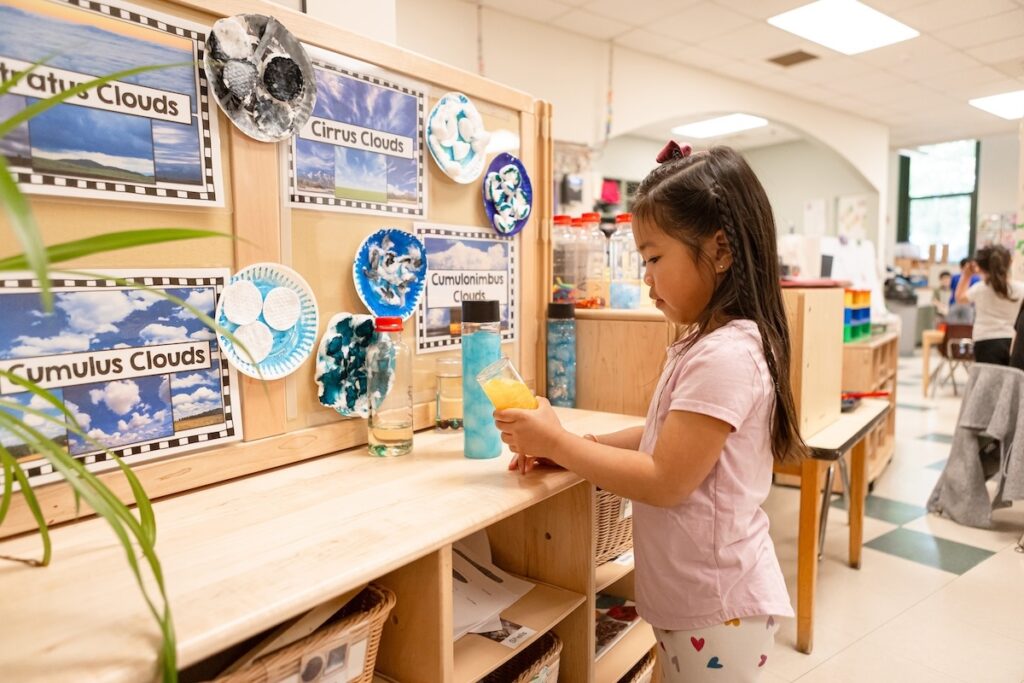We invite your district to participate in a federally funded research study to better understand the effect of a literacy-integrated science curriculum on children’s science learning. Interested in learning more? Email caesart@edc.org.
Benefits of Participating in the Study
As a participating district or school, you’ll gain access to a high-quality, standards-aligned, science curriculum that integrates literacy and science learning. The study provides not only the curriculum, but also the classroom materials and professional learning support needed to implement it successfully – at no cost to your school.
Schools and teachers who join the study will receive:
- Amplify Science K–1 curriculum + classroom materials, free of charge for 2 years
- 1.5 days/year of professional learning for participating teachers
- $5,000 per school per year to support implementation
- $1,000* per participating teacher per year
*Teachers will be paid in accordance with school/district policies.
About the Curriculum
Amplify Science merges core science concepts with literacy development to create an engaging, evidence-informed experience, through hands-on investigations for young learners. Grounded in the latest early learning research, Amplify Science is aligned with the Next Generation Science Standards (NGSS) and aims to build a strong foundation in both science and literacy during the critical early years.
About the Study
The two-year study explores the effectiveness of the Amplify Science curriculum to improve children’s science learning. Participating schools will be randomly assigned to pilot Amplify Science beginning either in Fall 2026 or Fall 2027. Researchers will collect data from kindergarten teachers and students in 2026/7 school year and first grade teachers and students in 2027/8.
Why this matters:
- Build strong foundations: Early science experiences foster curiosity, conceptual understanding, and positive attitudes – critical for later science achievement.[1]
- Support literacy growth: Research shows science instruction improves vocabulary, reading comprehension, and writing.[2]
- Align district priorities: The study offers districts the opportunity to test out a standards-aligned science curriculum to assess its fit for your schools.

What’s Involved for Teachers?

Share this page or download the flyer to share with interested colleagues.
Interested in learning more? Email caesart@edc.org.
[1] Morgan, P. L., Farkas, G., Hillemeier, M. M., & Maczuga, S. (2016). Science achievement gaps begin very early, persist, and are largely explained by modifiable factors. Educational Researcher, 45(1), 18–35
[2] Cabell, S. Q., & Hwang, H. (2020). Science content and literacy integration: An avenue for promoting language and reading comprehension in the primary grades. Early Childhood Research Quarterly, 50, 158–170
